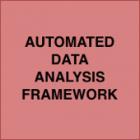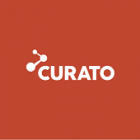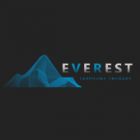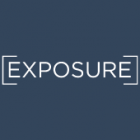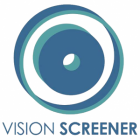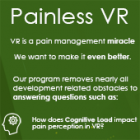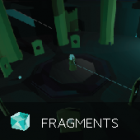
A Virtual Reality Adventure Into Anxiety
The experience of generalized anxiety disorder (GAD) is often stigmatized and poorly understood by those without anxiety. Further, there are very few interactive media forms that focus on the experiences of GAD. Of those that do, the vast majority fall within the horror genre intended to induce anxiety and provide shock-value without representing an overcoming of such experiences. Fragments uses the HTC Vive Virtual Reality Headset as an exploratory medium for representing a fictional experience through anxiety. Using dramatic storytelling, thorough domain research, and principles of immersive play, we aim to present a positive, fantasy adventure about a personal experience of overcoming anxiety. Fragments will simulate the physical and emotional responses of anxiety to help those without anxiety understand these experiences and critique the stigma toward anxiety. Our audience will be traversing a world rife in metaphor and symbolism that can encourage those with or without anxiety to discuss together.

